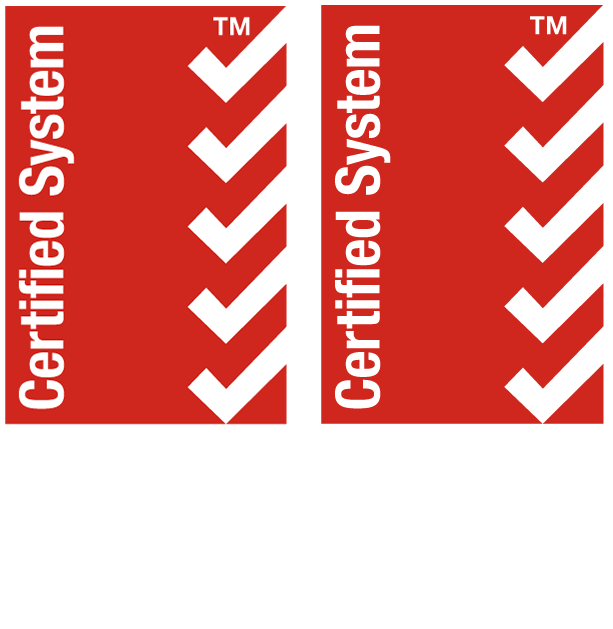6 Tools & Techniques To Level Up Your Cybersecurity
Cybersecurity is an ever-evolving field, which means that it’s vital your business stays on top of new developments to continuously level-up your protection from cybercriminals. With the rise in remote working across the globe, organisations are facing an array of new threats to it security, demanding businesses invest in new cybersecurity methods.
The following list contains just a few of the tools, techniques and strategies your business should consider pursuing to keep your data secure.
1) Remote Working Security Measures
Remote working is perhaps the biggest challenge to cybersecurity in recent years, as employees are no longer working from the office where IT teams have greater control over network security and access. Cybersecurity teams now need to ensure employees are working safely from wherever they choose to work – whether that’s at home, on the go, or in public spaces such as cafes or libraries.
The best approach to remote working security is through both awareness and technical solutions. Employees should be made aware of the dangers posed by unsecured public networks, especially when working with sensitive data. They should also be given the means to avoid these issues through tools like VPNs, secure mobile hotspots, and security software designed specifically for portable devices.
Another potential sticking point for remote security is communication. Many teams are no longer meeting face to face, meaning a heavier reliance on web communications in day-to-day operations. You should ensure that employees are aware of which channels are secure and approved, and which channels are best suited for sensitive tasks like data transferal.
2) More Support For Cybersecurity Teams
This seems like a no-brainer, but unfortunately, the senior leadership of many organisations may often limit the budget or resources given to cybersecurity since they don’t grasp its importance or demands. The solution to this problem is education, training senior leadership in cybersecurity so that they understand what’s at stake and what is needed.
Getting senior leadership behind cybersecurity efforts means it will be easier to access the resources your cybersecurity team needs to keep your business protected. You can sweeten the deal for senior leaders by also stressing the other benefits of cybersecurity, since best practices often lead to greater operational efficiency as well as better security.
3) Penetration Testing
Penetration testing tools like Kali Linux, Metasploit, Wireshark and KnowBe4 are a vital resource for cybersecurity teams, allowing them to probe networks and systems for vulnerabilities. Taking a proactive approach through penetration testing – rather than simply fixing flaws when something goes wrong – leads to a better overall approach to cybersecurity backed by data.
Automating these tools means that you can run regular tests throughout your IT infrastructure and flag up vulnerabilities as soon as they occur. Many penetration testing tools also include regular updates that reflect new threats or other developments in the cybersecurity landscape.
4) Multi Factor Authentication
Multifactor authentication is increasingly being adopted as a means of providing an additional layer of access protection beyond a password alone. By locking access behind codes provided through a secondary device, email, or SMS, phishing and other scams designed to obtain passwords become much less effective.
5) Regular Cybersecurity Awareness Training
No matter how sophisticated the rest of your cybersecurity measures are, human error can still very easily lead to catastrophe. Employees who aren’t trained in cybersecurity are far more prone to phishing attempts and other scams, making careless mistakes like leaving devices unlocked, or creating accidental data losses by failing to follow best practices.
Because of this, businesses should provide regular cybersecurity training to everyone in the organisation. As well as going over policies and procedures, this training should stress why these practices are in place in terms of the consequences they prevent.
It’s also important to keep them informed of new developments in the cybersecurity landscape beyond these training sessions – for example, if there’s a prominent phishing scam currently circulating, make sure employees are made aware of it so that they know to avoid it. Finally, all your cybersecurity policies and procedures should be made readily available for employees to check whenever they’re in doubt about best practices or potential security issues.
6) Regular Risk Assessment
It’s likely that you already have a risk assessment in place – but when was the last time you updated it? Risk assessments are the foundation of your cybersecurity approach, which means they need to be regularly reviewed in order to reflect new threats, tools, and techniques.
Your risk assessment needs to identify which cybersecurity threats your business currently faces, which of these are the most likely to occur, and how you can deal with them. It also needs to include mitigation strategies for when your security measures fail so that you’re able to reduce the impact of data breaches when they occur.
The more regularly you review your risk assessment, the better. Changes in the cybersecurity landscape – as well as changes within your own organisation and its IT infrastructure – need to be accounted for on a regular basis to keep your business safe against cybercriminals.
Conclusion
These tools and techniques can help your business craft a more effective approach to cybersecurity, keeping it protected from data breaches and their potentially devastating consequences. By continuously updating your cybersecurity measures to reflect new developments and protect from new threats, you can keep your business running smoothly and safely.




